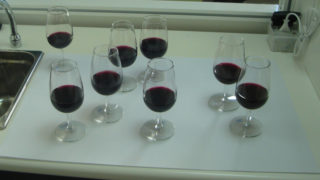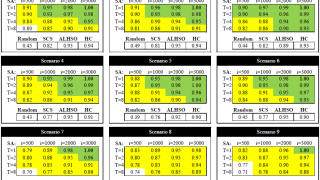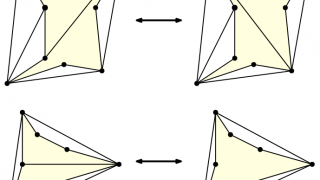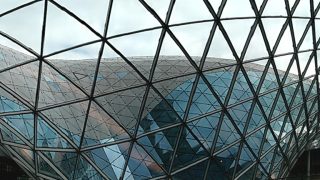
Sensograph: Fast sensory evaluation using computational geometry
Sensory profiling is a very important tool in food industry, crucial in order to adapt the products to consumers’ preferences. Quantitative Descriptive Analysis (QDA) is a precise tool to relate characteristics of the product with consumers’ perception, since trained panels provide very detailed, robust, consistent, and reproducible results . However, creating and maintaining a well-trained […]








